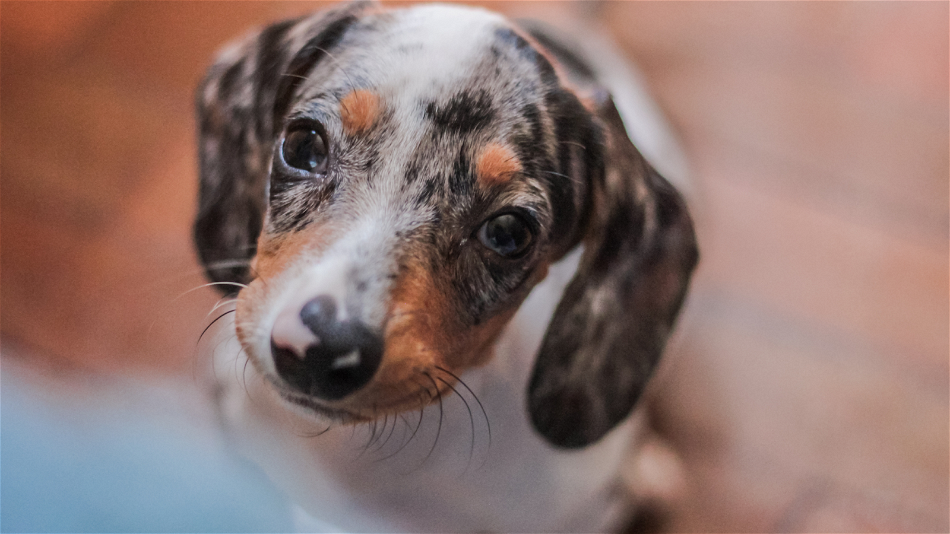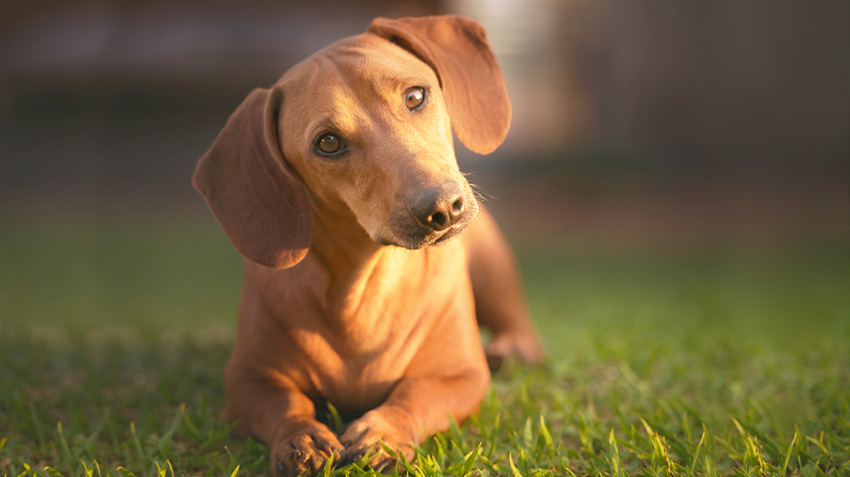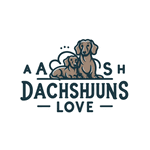The dachshund, a breed adored for its long body and short legs, boasts a distinctive charm that has won over countless hearts. From their beginnings as badger hunters in Germany to their status today as loyal companions, dachshunds have a rich history and an enduring popularity. However, alongside their appeal, dachshunds have sparked controversy due to health concerns and unethical breeding practices. In this guide, we’ll explore their origins, characteristics, care requirements, training tips, and fascinating facts. Whether you’re a dachshund enthusiast or considering welcoming one into your family, this article covers everything you need to know.
Contents
Dachshund vs. Wiener Dog: What’s the Difference?
Many people use “dachshund” and “wiener dog” interchangeably, but are they the same? Technically, wiener dog is a nickname for dachshunds, inspired by their resemblance to sausage snacks. While dachshund is the breed’s official name, derived from the German term meaning “badger dog,” wiener dog is a popular American term. Despite slight variations in connotation, both names refer to the same lovable breed.
Physical Differences
Dachshunds come in three coat varieties:
- Smooth: Short, shiny coat.
- Wire-haired: A coarse, wiry coat.
- Long-haired: Soft, flowing fur.
Wiener dogs typically mirror these varieties but are sometimes associated more with smooth-coated dachshunds. Dachshunds have specific size classifications:
- Standard: 16–32 lbs, 8–9 inches tall.
- Miniature: 11 lbs or less, under 8 inches tall.
Mixed-breed dachshunds labeled as wiener dogs might exhibit varying sizes and coats depending on their parentage.
Behavioral Similarities
Both terms describe dogs that are affectionate, loyal, and protective. However, mixed-breed dachshunds may inherit behavioral traits from other breeds, making research and preparation essential.
Dachshund Temperament and Personality

Despite their small size, dachshunds pack a bold and playful personality. Key traits include:
- Independent: They have a strong-willed nature from their hunting heritage.
- Loyal: Fiercely devoted to their families, they make excellent watchdogs.
- Playful: Dachshunds love games and mental challenges.
- Spirited: Their energy and humor make them delightful companions.
- Sensitive: They thrive in loving, stable environments but can become anxious if stressed.
- Cuddly: Dachshunds love snuggling, balancing their spirited nature with affection.
Caring for a Dachshund
Health Concerns
Dachshunds’ unique body shape predisposes them to specific health issues:
- Intervertebral Disc Disease (IVDD): Spinal problems from their elongated backs.
- Obesity: Extra weight can strain their spines and joints.
- Hip Dysplasia and Patellar Luxation: Joint issues affecting mobility.
- Eye Problems: Conditions like cataracts and Progressive Retinal Atrophy (PRA).
- Sunburn: Light-colored or short-haired dachshunds are prone to sunburn.
Exercise Needs
Low-impact activities such as walks, swimming, or gentle play are ideal. Avoid excessive jumping or climbing to prevent back injuries.
Nutritional Requirements
Provide a high-quality, low-calorie diet to prevent obesity. Consult a veterinarian for portion sizes and dietary recommendations.
Training Tips for Dachshunds

Training dachshunds requires patience and consistency due to their independent streak.
- Start Early: Begin training as soon as possible to establish boundaries.
- Use Positive Reinforcement: Reward-based methods work best for this sensitive breed.
- Socialize: Expose them to various people and environments early to prevent fear or aggression.
- Be Consistent: Dachshunds respond well to clear, consistent expectations.
Fun Facts About Dachshunds

- The breed’s name means “badger dog” in German, reflecting their hunting roots.
- Queen Victoria, Pablo Picasso, and John F. Kennedy were notable dachshund owners.
- During WWI, dachshunds became symbols of German patriotism.
- They are used in Germany to track wounded deer due to their keen sense of smell.
- Dachshunds are among the most recognizable breeds in popular culture, often depicted as “sausage dogs.”
Conclusion
The dachshund is more than just a charming companion. With a rich history, distinctive characteristics, and unique care needs, they are a breed full of personality and devotion. By understanding their health, training, and socialization requirements, dachshund owners can ensure a long, happy life for their furry friend. Whether you’re an experienced dachshund lover or new to the breed, these endearing dogs are sure to bring joy and laughter into your life.

